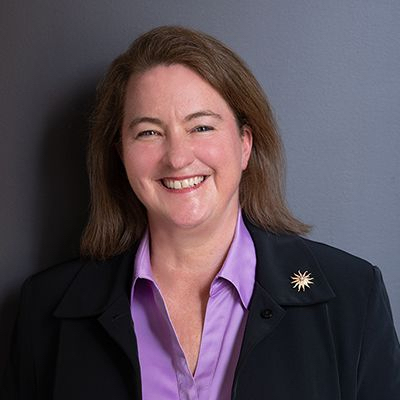
WGEA CEO Mary Wooldridge
Women in the financial services face one of the highest pay gaps of any industry in Australia, according to the Workplace Gender Equality Agency’s latest gender pay gap study.
Median total remuneration for men working at the 302 financial and insurance services firms surveyed was A$139,845, while for women it was $103,308 – a 26.1 per cent industry gender pay gap in favour of men.
This was the second highest pay gap among 19 industries in the survey. Construction had the highest gap, at 31.8 per cent. Professional, scientific and technical services also had a 26.1 per cent gap.
High-impact negotiation
masterclass
July 9 & 16, 2025
5:00pm - 8:30pm
This high-impact negotiation masterclass teaches practical strategies to help you succeed in challenging negotiations.
WGEA used remuneration information supplied by firms in an employer census conducted last year. The data does not compare salaries paid to men and women for doing the same job.
Rather, by breaking down the firm’s total remuneration between men and women it shows the relative positions of seniority achieved by men and women in organisations.
For the first time, WGEA has published the gender pay gap data of individual firms.
WGEA found that in every industry in Australia, the median of what a woman is paid is less than the median of what a man is paid for both base salary and total remuneration.
Other industries with high gaps include information, media and telecommunications, with a gap of 24.2 per cent; transport postal and warehousing (20.4 per cent); electricity, gas, water and waste services (20.1 per cent); manufacturing (18.1 per cent); rental, hiring and real estate services (16.6 per cent); and mining (15.1 per cent).
Industries with low gaps include accommodation and food services, with a gap of just 1.9 per cent; public administration and safety (2.3 per cent); arts and recreation services (4.6 per cent); and education and training (5.2 per cent).
In the financial services industry, investment banks and investment managers tend to be the firms with the biggest gaps. Brookfield Investment Management’s gap was 50.7 per cent, Barrenjoey’s 42.5 per cent, Euroz Hartley’s 61.9 per cent, Franklin Templeton Australia’s 50.9 per cent, Goldman Sachs’ 37.2 per cent, Merrill Lynch’s 41.8 per cent, Morgan Stanley’s 48.2 per cent and UBS’s 42.7 per cent.
Among the big banks, NAB’s pay gap was the lowest at 18.8 per cent, ANZ’s gap was 23.1 per cent, Westpac’s 28.5 per cent, and Commonwealth Bank’s the highest at 29.9 per cent.
Some banks that promote themselves as values-based organisations did relatively well. Bank Australia’s pay gap was 8.5 per cent and Beyond Bank’s was 9.1 per cent.
But others that put themselves in that category did not do so well. At Teachers Mutual Bank the gap was 27.6 per cent.
One of the very few financial services firms where women are paid more than men is PayPal, where the gap was 18.3 per cent in favour of women.
WGEA said there is usually a link between women in leadership and a lower gender pay gap, although that is not the case at PayPal.